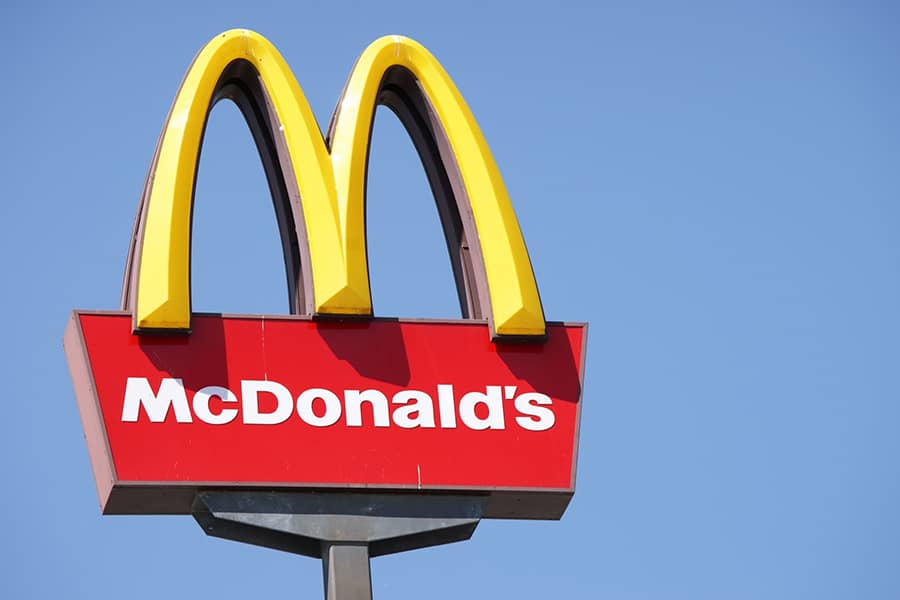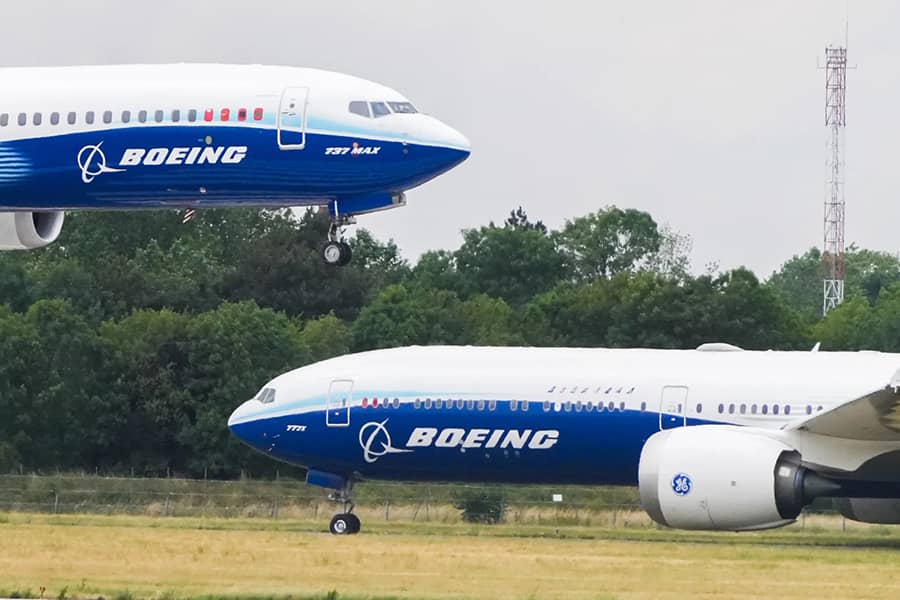Deep Brain Stimulation Enhances Arm Strength Following a Stroke

Understanding Deep Brain Stimulation
Deep Brain Stimulation (DBS) represents a revolutionary approach that transcends traditional methods of treating neurological disorders. By delivering targeted electrical impulses to specific brain regions, DBS holds the potential to recalibrate neural circuits that govern motor function and movement. This method has historically been associated with managing conditions like Parkinson’s disease, but emerging research is beginning to illuminate its transformative role in stroke rehabilitation as well. The ability of DBS to engage and modulate various areas of the brain opens new horizons for recovery, particularly in restoring strength and coordination in affected limbs.
What makes DBS especially compelling is its adaptability; it can be tailored according to an individual’s unique neural patterns and recovery trajectories. Studies indicate that applying this technique post-stroke can facilitate neuroplasticity—the brain’s remarkable capacity to rewire itself—leading not just to improved arm strength but potentially even enhancing overall functional independence for patients. Imagine the profound implications: survivors reclaiming their ability not only through physical therapy but with the strategic support of innovative technology nestled within their own minds. As we continue uncovering how deep-brain interventions influence motor capabilities, we may soon witness a paradigm shift in rehabilitative care philosophies, placing advanced medical technology hand-in-hand with human resilience on the journey toward recovery.
What is Deep Brain Stimulation?
Deep Brain Stimulation (DBS) is a cutting-edge therapeutic intervention that involves delivering electrical impulses to specific brain regions through implanted electrodes. By modulating neural circuits, DBS aims to restore balance in areas of the brain associated with motor control, cognition, and emotional regulation. Initially developed for conditions like Parkinson’s disease, researchers are now exploring its potential beyond traditional applications to enhance rehabilitation following a stroke.
What’s particularly fascinating about DBS is its capacity to facilitate neuroplasticity—the brain’s remarkable ability to reorganize itself by forming new neural connections. In post-stroke patients, this means that not only can DBS help improve arm strength but it can also accelerate recovery processes by encouraging the brain to adapt and compensate for lost functions more effectively. This opens up exciting avenues for rehabilitation therapies that integrate these advanced techniques with conventional therapies, potentially amplifying their benefits and leading to better functional outcomes for those affected by strokes. As science continues unraveling the complexities of our neural networks, DBS stands out as a beacon of hope, redefining what recovery looks like after life-altering events such as strokes.
Mechanism of Action in the Brain
Deep brain stimulation (DBS) operates through a sophisticated mechanism of action that taps into the brain’s intricate neural networks. By delivering targeted electrical impulses to specific regions, such as the subthalamic nucleus or globus pallidus, DBS modulates aberrant activity patterns associated with neurological deficits. This modulation can facilitate a reorganization of neural circuitry, promoting plasticity—the brain’s ability to adapt and form new connections. Enhanced synaptic efficiency in these targeted areas can lead not only to improvements in motor function but also alter the broader functional connectivity within motor pathways.
The beauty of this approach lies in its potential for precision; by adjusting parameters like frequency and intensity, clinicians can tailor interventions to each individual’s unique neuroanatomy and needs. Emerging research suggests that coupling DBS with rehabilitation therapies may amplify its effects, creating a synergy that accelerates recovery post-stroke. As we delve deeper into understanding how these electric signals translate into tangible movements, it becomes clear that DBS promises not just improvement but redefines possibilities for arm strength restoration following a stroke—inviting hope and reshaping lives in profound ways.
Stroke Recovery: The Role of Neuroplasticity
Neuroplasticity, the brain’s remarkable ability to reorganize and form new neural connections, plays a pivotal role in stroke recovery. Following a stroke, many survivors face challenges in motor functions; however, with targeted rehabilitation efforts that harness neuroplasticity, these obstacles can be transformed into opportunities for regaining independence. For instance, consistent practice of affected movements can stimulate the remapping of brain areas responsible for those actions. This adaptive response not only strengthens existing pathways but also cultivates new ones—effectively rewiring the brain to compensate for lost functions.
This dynamic process is further enhanced by innovative treatments such as deep brain stimulation (DBS), which provides therapeutic electrical impulses that engage neural circuits involved in motor control. By fostering an environment ripe for neuroplastic change, DBS helps patients recover arm strength more efficiently than traditional therapies alone. Furthermore, emerging research suggests that coupling neuroplasticity with cognitive training—like problem-solving tasks or memory exercises—can amplify recovery outcomes even more profoundly. As we deepen our understanding of how the brain adapts post-stroke, it becomes clear that unlocking its potential through strategies rooted in neuroplasticity is essential for empowering survivors on their journey toward reclaiming their lives.
Enhancing Arm Strength Post-Stroke
Post-stroke rehabilitation often emphasizes the importance of intensive, targeted exercises, but harnessing the power of neuroplasticity can amplify these efforts. Recent studies show that deep brain stimulation (DBS) not only aids in motor function recovery but also plays a pivotal role in enhancing arm strength by reshaping neural pathways. By delivering electrical impulses to specific brain regions involved in movement, DBS can help rewire the connections between muscles and the brain, promoting more coordinated and powerful arm movements.
Importantly, combining DBS with tailored physical therapy has shown even greater promise. As patients engage in repetitive practice—whether it’s grasping objects or performing everyday tasks—the stimulation encourages muscle engagement at a cellular level. This synergistic approach allows for both immediate improvements and long-term resilience against future impairment. Moreover, the psychological aspect shouldn’t be overlooked; as stroke survivors witness their growing abilities firsthand, their motivation improves significantly—creating a positive feedback loop essential for sustained recovery.
Ultimately, enhancing arm strength post-stroke is not solely about brute force; it’s about smart integration of technology and rehabilitation techniques that foster overall quality of life. With ongoing research into personalized treatment options through DBS alongside adaptive therapies, there’s hope on the horizon for those striving to reclaim their autonomy after a life-altering event. Embracing this innovative treatment pathway could redefine what it means to recover from stroke-induced limitations.
Clinical Studies and Findings on DBS
Recent clinical studies have shed light on the transformative potential of deep brain stimulation (DBS) in stroke rehabilitation, particularly in enhancing arm strength. In trials involving patients with hemiparesis—muscle weakness on one side of the body—researchers discovered that targeted DBS not only improved motor function but also spurred neuroplastic changes in the brain. This means that the therapy may encourage the brain to reorganize and adapt following a stroke, underscoring that recovery is not merely about retraining muscles but also reshaping neural pathways.
Furthermore, findings indicate that DBS could facilitate synergistic recovery when combined with traditional therapies such as physical and occupational therapy. Participants who underwent simultaneous DBS treatment alongside standard rehabilitation regimens demonstrated significantly greater improvements in arm strength compared to those receiving conventional methods alone. These promising results suggest a paradigm shift; moving forward, DBS could play an integral role in personalized stroke recovery plans, catering to individual patient needs while optimizing outcomes over time. The implications for both neuroscience and rehabilitation are profound—a glimpse into a future where technology might help unlock untapped potentials within each patient’s unique healing journey.
Patient Experiences and Testimonials
The power of patient experiences and testimonials goes beyond mere anecdotes; they offer a window into the profound transformation that deep brain stimulation (DBS) can facilitate in the lives of stroke survivors. Many individuals report not only an improvement in physical strength but also a renewal of hope and agency over their bodies. For instance, one patient, once resigned to relying on caregivers, described how DBS reignited their determination to reclaim lost skills—with each small victory igniting a passion for rehabilitation and independence.
Moreover, these stories often highlight unexpected benefits that come with enhanced arm strength. Freed from the frustrations of limited mobility, patients find themselves re-engaging in activities they love—painting, cooking, or even playing with grandchildren—creating rich tapestries of shared moments that had previously seemed out of reach. Testimonials reveal a common thread: as patients connect their physical improvements to emotional well-being and social reintegration, it transforms not just them but also their families and communities. This multifaceted impact underscores that deep brain stimulation is more than just a medical intervention; it’s a catalyst for rediscovering life’s joys post-stroke.
Potential Risks and Considerations
While deep brain stimulation (DBS) offers promising avenues for enhancing arm strength in stroke recovery, it’s essential to navigate the potential risks and considerations that accompany this innovative treatment. One key concern is the variability in individual responses to DBS; what works remarkably well for one patient may yield minimal benefits or even adverse effects for another. This underscores the necessity of personalized treatment plans that meticulously evaluate both the potential benefits and risks based on an individual’s unique medical history, genetic factors, and specific recovery goals.
Moreover, the invasive nature of DBS carries inherent risks associated with surgical procedures, such as infection or hardware complications. These concerns bring forth ethical questions about when it is appropriate to pursue aggressive interventions versus exploring more conservative rehabilitation methods. Engaging patients in discourse about their values and preferences can bridge this gap, empowering them to make informed decisions that balance hope for recovery with a realistic appraisal of potential dangers. Embracing a collaborative approach not only enhances patient autonomy but also fosters a deeper understanding of how cutting-edge treatments can fit into an individualized recovery journey post-stroke.
Future Directions in Stroke Rehabilitation
As the landscape of stroke rehabilitation evolves, emerging technologies are paving the way for innovative therapeutic approaches. One particularly promising direction is the integration of virtual reality (VR) and gamification into rehabilitation programs. By immersing patients in engaging and interactive environments, VR not only enhances motivation but also fosters neuroplasticity—allowing the brain to rewire itself around damaged areas. Patients can practice movements repeatedly in these simulated scenarios, leading to improved motor function while enjoying a more enjoyable recovery journey.
Moreover, the potential role of artificial intelligence (AI) in personalized rehabilitation is on the horizon. Imagine a system that analyzes patient data in real-time to tailor exercises that adapt dynamically based on individual progress and fatigue levels. This targeted approach can enhance recovery efficiency and optimize outcomes by ensuring each patient receives precisely what they need when they need it most. As researchers continue exploring biofeedback mechanisms that harness natural body signals to inform treatment strategies, we may soon discover transformative ways to aid recovery that were previously thought impossible. The future of stroke rehabilitation looks brighter than ever, where technology meets human resilience for unprecedented healing possibilities.
Conclusion: The Promise of DBS for Recovery
The promise of Deep Brain Stimulation (DBS) in stroke recovery is not merely about restoring lost strength but unlocking new potentials for patients. As researchers continue to explore the neuroplasticity activated by DBS, we see a transformative approach to rehabilitation that empowers individuals beyond traditional methods. This technology doesn’t just stimulate muscles; it fosters a deeper connection between the brain and body, reigniting pathways that may have lain dormant post-stroke.
Imagine a future where the journey of recovery is no longer linear but customizable to each patient’s unique needs and circumstances. With DBS at the forefront, personalized therapies can emerge, tailored to target specific motor functions while enhancing overall mental resilience and emotional well-being. As ongoing studies reveal its benefits, we stand on the brink of a paradigm shift in neurological rehabilitation—one that offers hope not only for enhanced arm strength but also for renewed autonomy and quality of life for stroke survivors everywhere. The narrative surrounding recovery is evolving, with DBS leading us towards an era filled with promise and potential.




